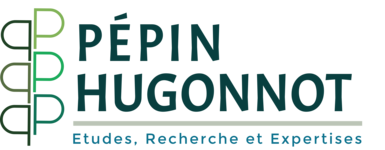We propose the implementation of bryological studies abroad, particularly in countries where this discipline is unknown or rarely practiced, and where significant conservation issues usually arise.
These inventories include:
- Identification of areas of interest: Selecting regions or countries where bryology is less studied but where biodiversity is potentially rich or threatened.
- Collaboration with local authorities and experts: Establishing partnerships with local institutions, universities, and experts in bryology and conservation.
- Field data collection: Conducting expeditions to collect samples of mosses and other bryophytes.
- Analysis and identification of samples: Using laboratories to analyze the samples and identify species, with particular attention to rare or unknown species.
- Contribution to conservation: Using the results to inform conservation efforts, especially in identifying areas requiring increased protection.
- Publication and knowledge sharing: Publishing results in scientific journals and sharing information with the international bryology community.
- Training and education: Providing training and educational resources to local researchers and students to strengthen local capacities in bryology and conservation.
- Long-term monitoring: Establishing monitoring programs to assess changes in bryophyte populations over time.
These steps help promote the knowledge and conservation of bryophytes in regions where these studies are uncommon, thus contributing to the overall protection of biodiversity.
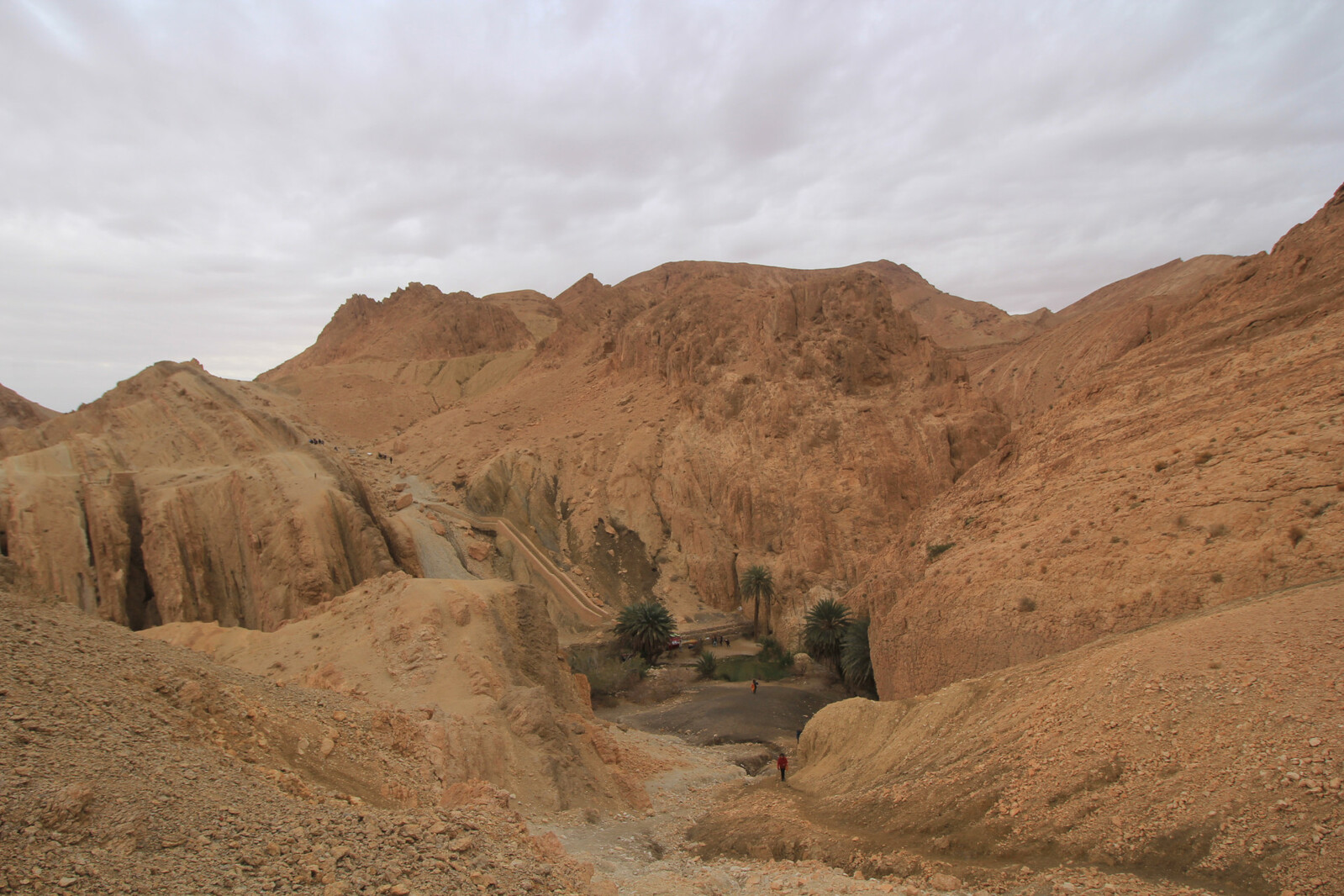 | 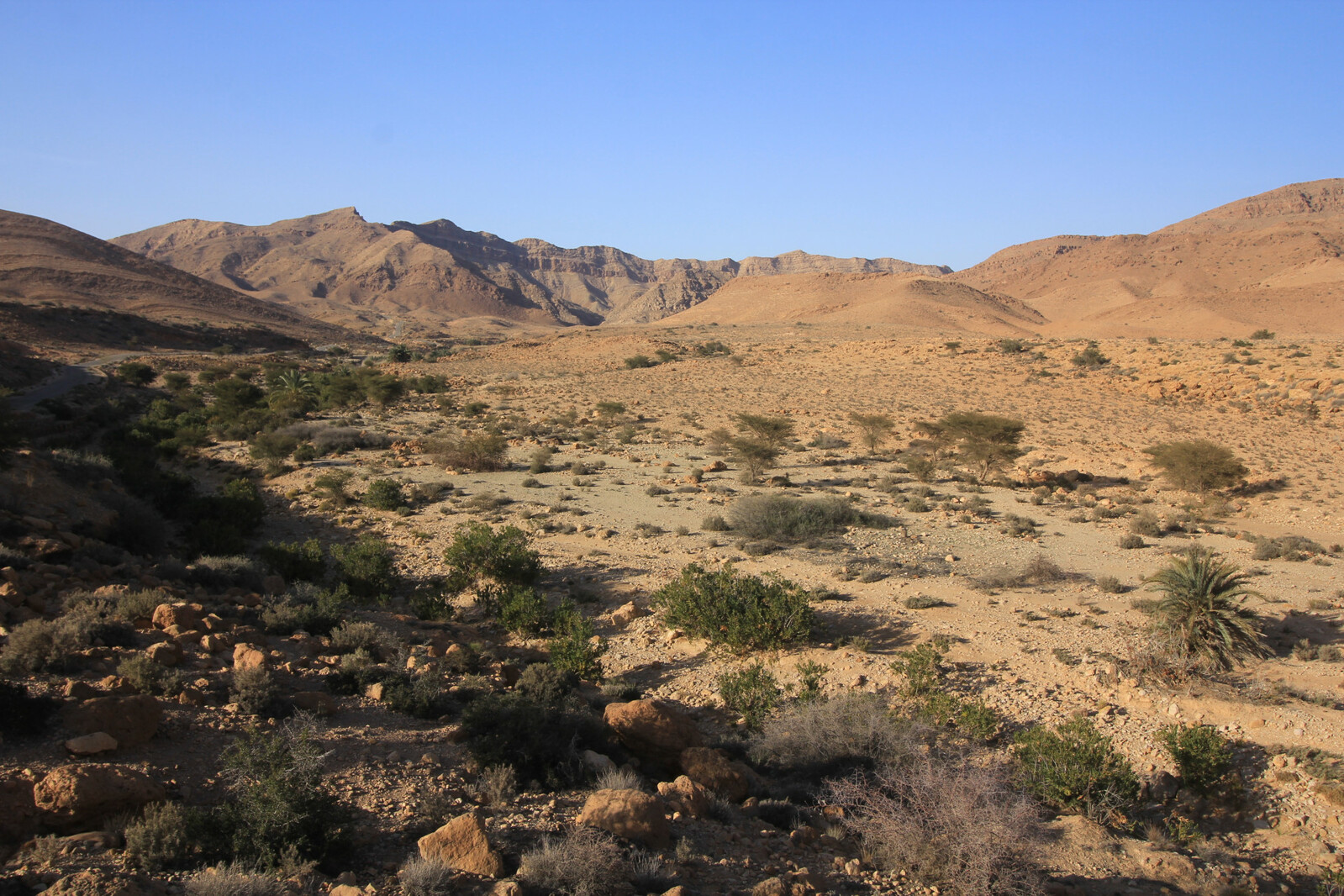 | 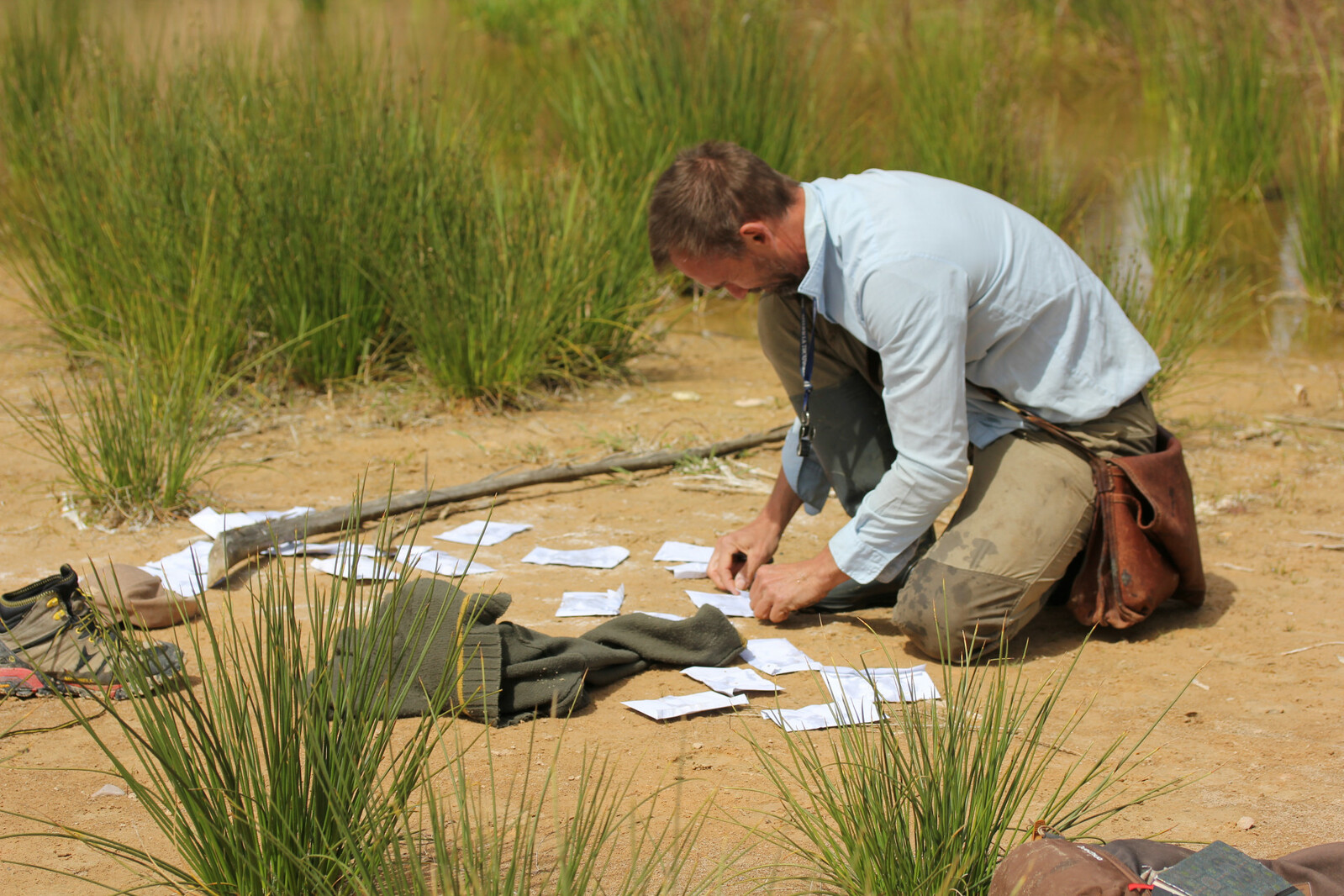 | 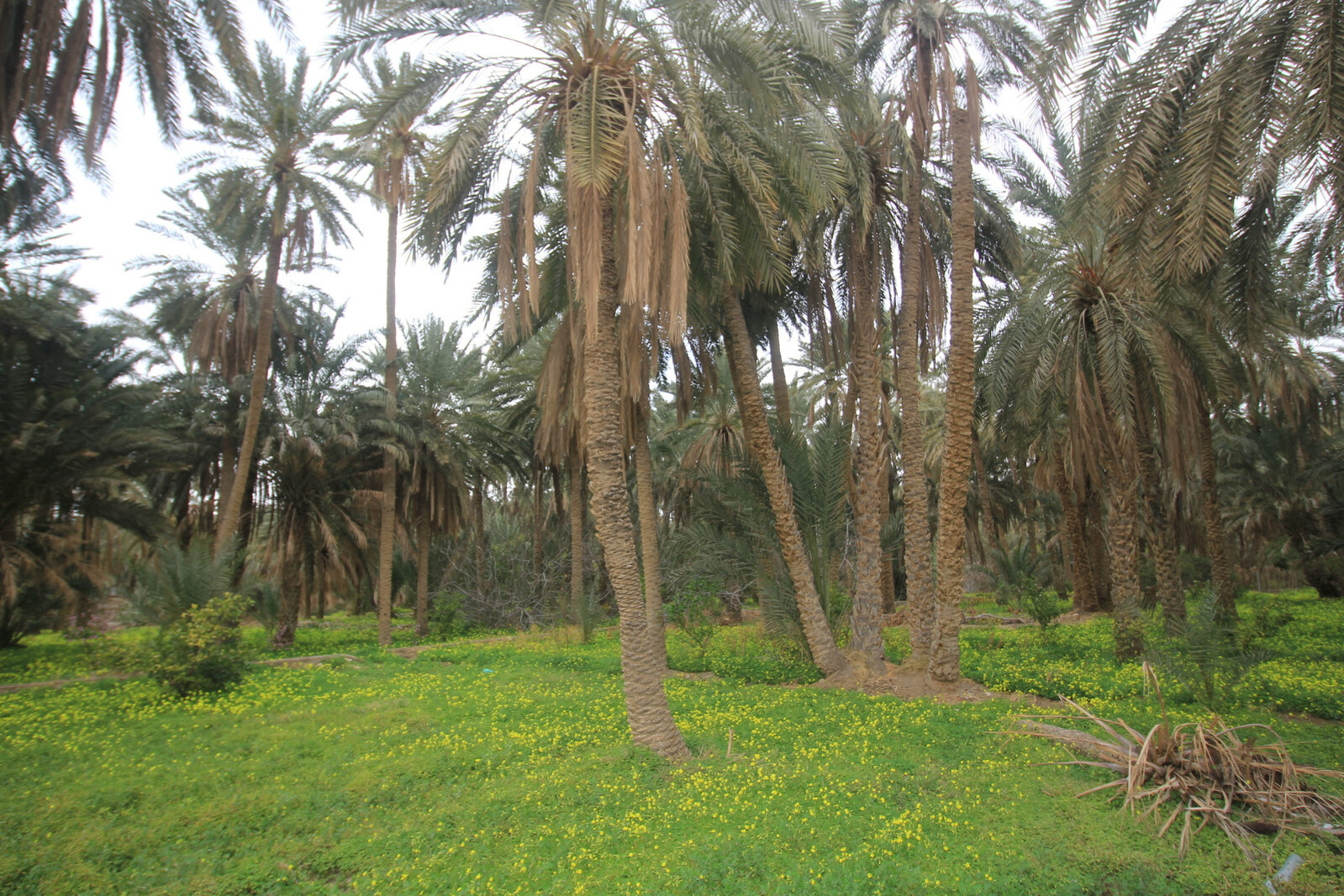 |
